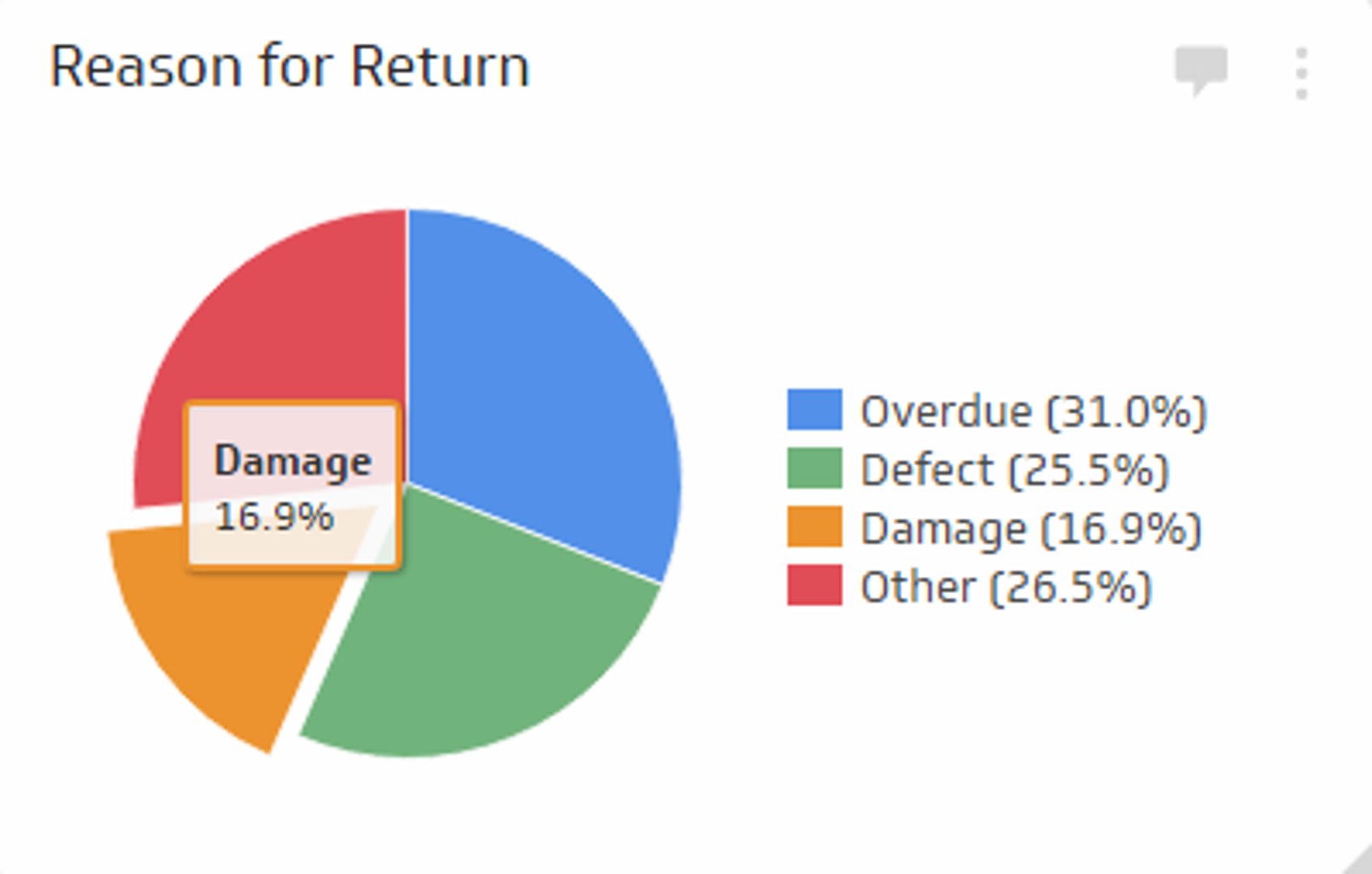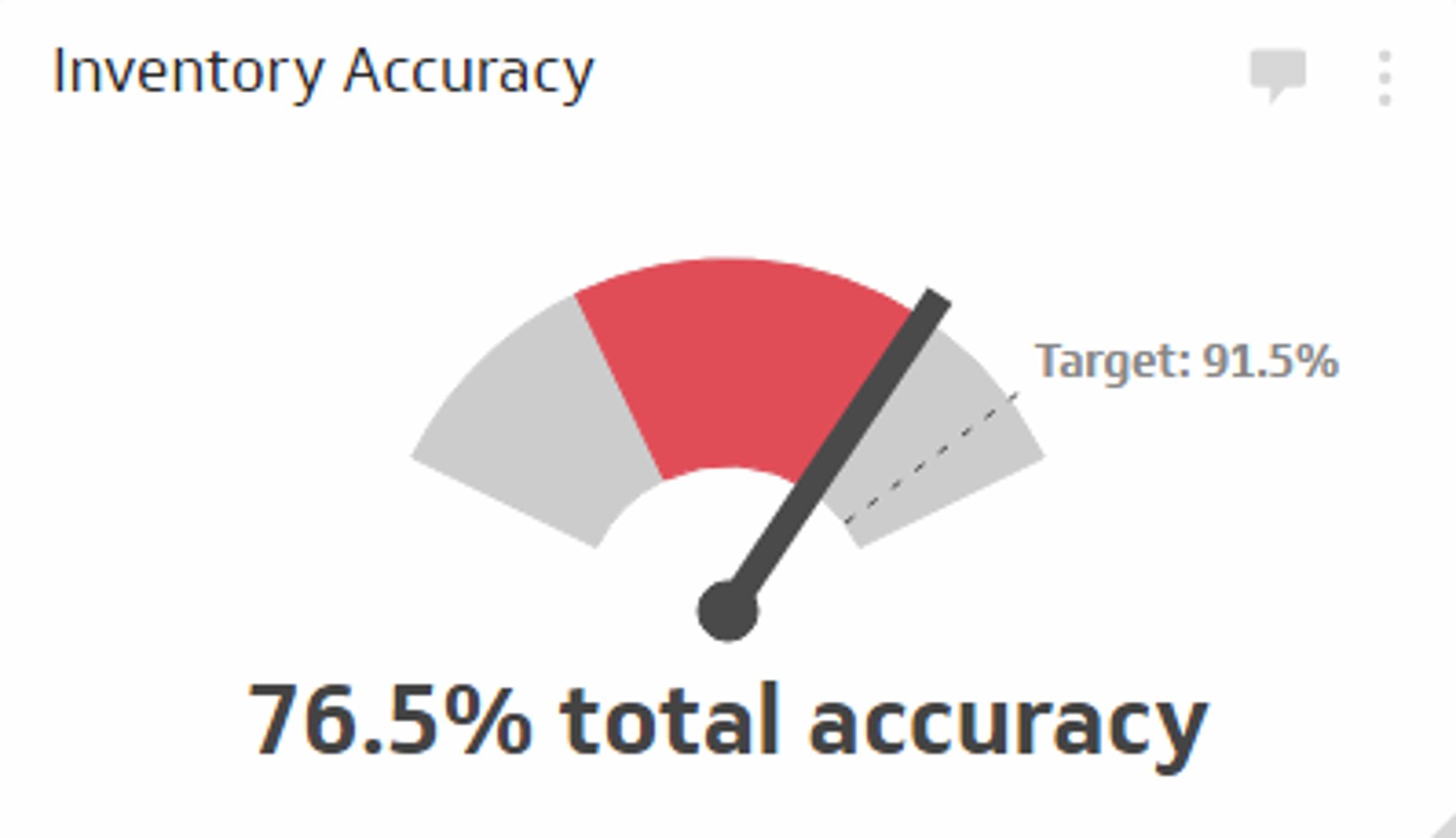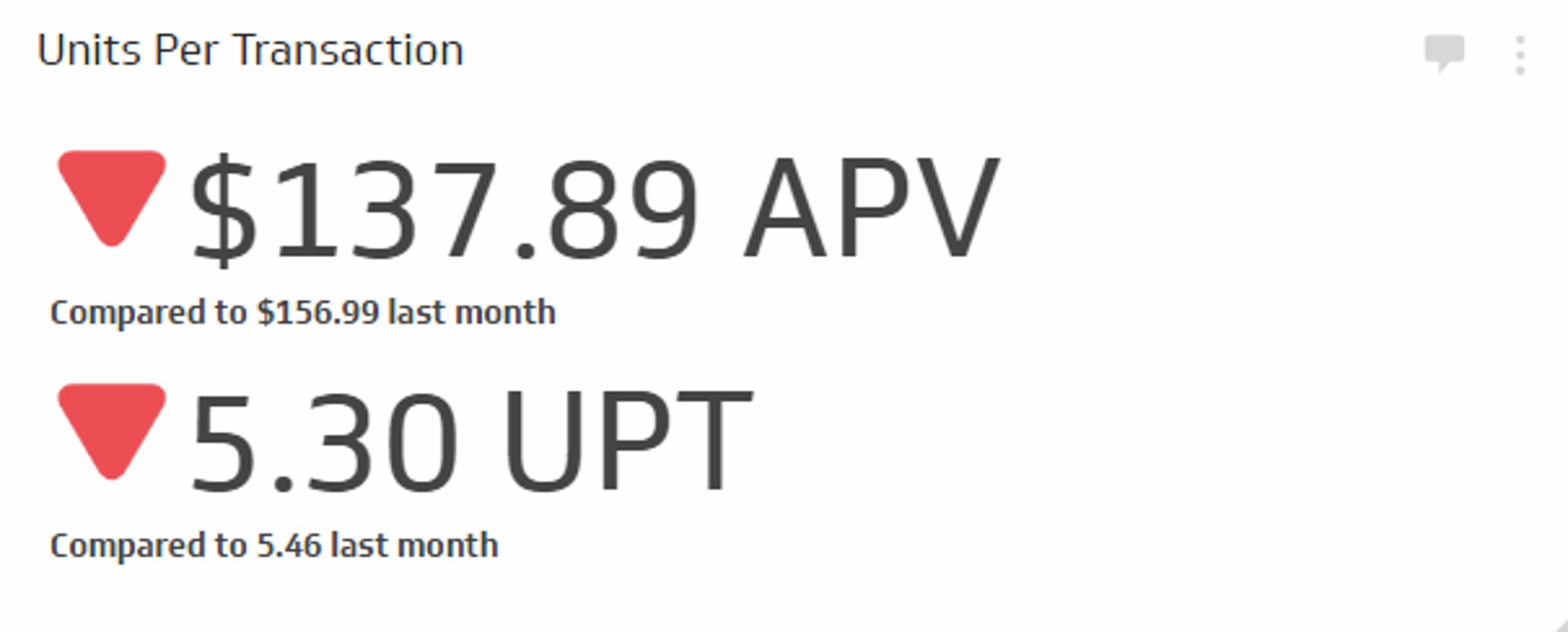Rate of Return Metric
Track and reduce product returns to improve customer satisfaction and profitability.
Track all your Supply Chain KPIs in one place
Sign up for free and start making decisions for your business with confidence.

What is the Rate of Return KPI?
The Rate of Return KPI measures the percentage of shipped products that are returned by customers. But it's more than just a number; it’s a critical indicator of customer satisfaction, product quality, and operational efficiency. A high rate of return can signal underlying issues in your product, marketing, or fulfillment process.
The key to making this metric actionable is to break it down by the reasons for return. Are products arriving damaged? Did customers order the wrong size? Was the product description misleading? Answering these questions helps you identify trends and fix problems at the source.
For a complete view of your supply chain health, consider tracking Rate of Return alongside the Cash Conversion Cycle KPI and the Perfect Order Rate KPI. A high return rate will negatively impact both of these key metrics.
How do you calculate the Rate of Return?
The formula for the Rate of Return is straightforward and gives you a clear percentage.
Formula:
Rate of Return = (Number of Units Returned / Total Number of Units Shipped) x 100
- Number of Units Returned: The total count of items sent back to you over a specific period.
- Total Number of Units Shipped: The total count of all items you shipped during that same period.
Tracking this consistently allows you to see if your improvement efforts are paying off.
What is a good Rate of Return benchmark?
There is no single "good" Rate of Return, as benchmarks vary significantly across industries. For example, online fashion retailers often see return rates of 20-30% due to sizing issues, while the industry average for all e-commerce is lower. In contrast, B2B sales of specialized equipment might have a return rate close to zero.
The most important goal is not to hit an arbitrary number, but to establish your own benchmark and work to improve it continuously. A rising rate of return is always a red flag that requires immediate investigation.
How to monitor your Rate of Return
Once you establish your baseline, you need a reliable way to monitor your Rate of Return and other supply chain KPIs. This is where a dashboard becomes essential. Instead of manually crunching numbers in spreadsheets, a dashboard automates the process, giving you a real-time view of your performance.
With a powerful dashboarding tool like Klipfolio Klips, you can connect your data from your e-commerce platform, inventory system, and shipping software into one centralized view. This allows you to visualize trends, drill down into the reasons for returns, and share insights with your team to drive action.
By closely monitoring your Rate of Return, you can make smarter decisions that improve product quality, increase customer loyalty, and protect your bottom line. Ready to get a handle on your returns? See how you can track your Rate of Return and other essential supply chain metrics with Klipfolio Klips.
Related Metrics & KPIs



